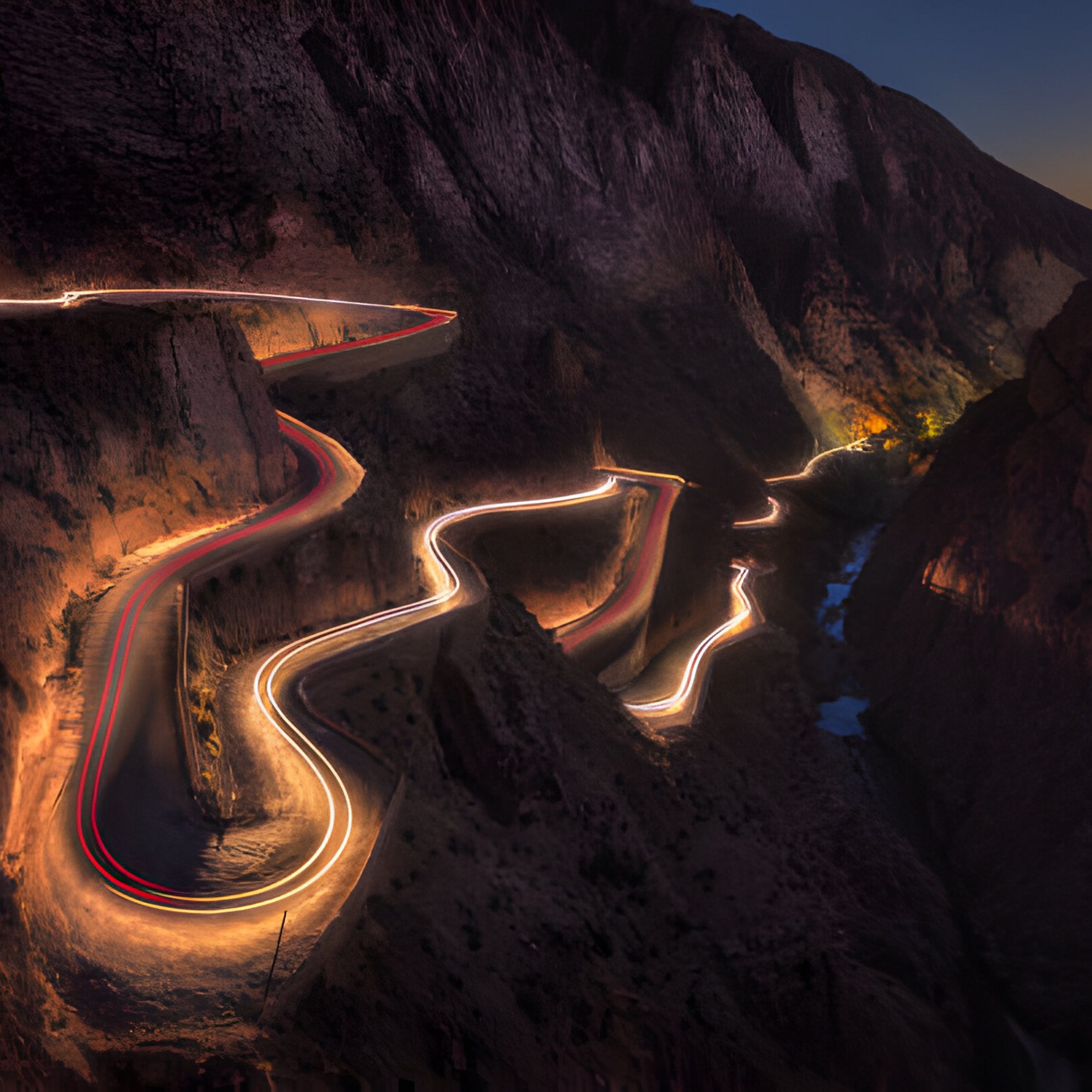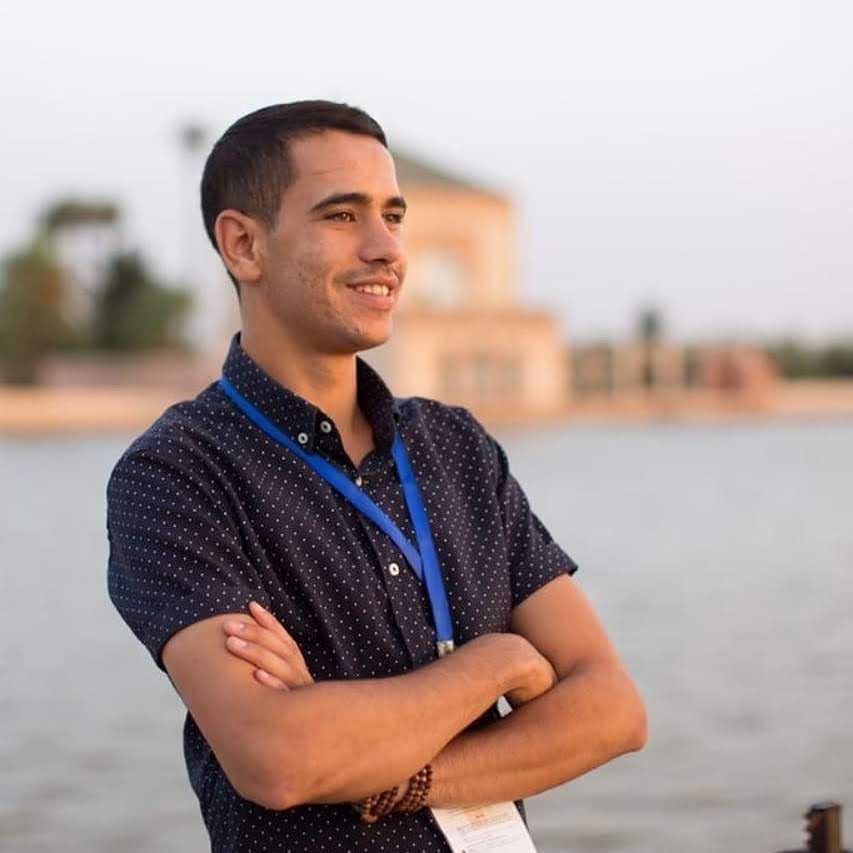Welcome to your ultimate guide to exploring the enchanting land of Morocco! Whether you’re drawn to the vibrant souks of Marrakech, the ancient medinas of Fes, or the serene Sahara Desert, Morocco offers a rich tapestry of experiences that cater to every traveler’s desires. This guide will walk you through everything you need to know to make your Moroccan adventure unforgettable.
Travel to Morocco
Visa Requirements
For most travelers, including those from the US, Canada, the UK, EU countries, Australia, and New Zealand, no visa is required for stays up to 90 days. Always ensure your passport is valid for at least six months beyond your planned departure date. If you’re from a country that requires a visa, it’s advisable to apply well in advance and check with the Moroccan consulate for the latest requirements.
How to Travel
- Flights: The primary international airports are Casablanca Mohammed V International Airport (CMN) and Marrakech Menara Airport (RAK). Major airlines such as Delta, Emirates, and British Airways frequently service these airports. It’s worth checking for direct flights or convenient connections to save travel time.
- Ferries: Travelers can also reach Morocco by ferry from Spain. The fastest routes are from Algeciras and Tarifa to Tangier, taking approximately 60-90 minutes. This option is particularly appealing for those traveling with a vehicle or wishing to experience a scenic entry into Morocco.
Travel Tips
- Booking Flights: Use flight comparison websites to find the best deals and consider flying into one city and out of another to maximize your travel experience.
- Packing Essentials: Morocco’s climate varies greatly, so pack layers. Include a light jacket for cooler evenings, especially in the desert or mountains.
Getting Around Morocco
- Trains: Morocco boasts an efficient rail network connecting major cities like Casablanca, Marrakech, and Fes. The trains are generally comfortable and punctual. Consider booking first-class tickets for more space and air conditioning.
- Buses: Public and private buses are available, though they can be slow and crowded. CTM and Supratours are reputable companies offering comfortable and reliable services.
- Taxis: Petit taxis are for city travel, while grand taxis are used for longer distances between cities. Ride-sharing apps like Careem are available in major cities. Always agree on a fare before starting your journey or ensure the meter is running.
- Domestic Flights: For long distances, consider flying with Royal Air Maroc or Air Arabia Maroc. This can save time, especially if you plan to visit both the north and south of the country.
Renting a Car
Renting a car gives you the freedom to explore at your own pace. Roads are generally in good condition, but driving in cities can be challenging due to traffic and local driving habits. Ensure you have a GPS or a reliable map app.
Best Time to Visit
The ideal times to visit are spring (March-May) and fall (September-November) when the weather is pleasant, and tourist crowds are smaller. Summers can be scorching, especially in inland areas like Marrakech and the desert, while winters can be cold in the mountains.
Seasonal Highlights
- Spring: Witness the blooming of wildflowers and lush landscapes, particularly in the Atlas Mountains and the Dades Valley.
- Fall: Enjoy the harvest season, with fresh dates and olives available in markets.
- Winter: Experience snow-capped peaks in the Atlas Mountains and enjoy skiing in Oukaïmeden, Africa’s highest ski resort.
- Summer: Coastal areas like Essaouira and Agadir offer cooler temperatures and vibrant beach scenes.
Cultural Insights
Language
Morocco’s official languages are Modern Standard Arabic and Standard Moroccan Berber. French is widely spoken, especially in business and government, while English is less common outside tourist areas. Learning a few basic phrases in Arabic or French can enhance your travel experience and help you connect with locals.
Currency
The Moroccan Dirham (MAD) is the local currency. Cash is preferred in many places, especially in markets, so it’s advisable to withdraw cash from ATMs upon arrival. Credit cards are accepted in hotels and larger restaurants, but it’s always good to have cash on hand for smaller purchases.
Dress Code
Dress modestly to respect local customs. Women should cover their shoulders and knees, while men should avoid shorts. Always carry a scarf for visits to mosques. In tourist areas, the dress code is more relaxed, but modesty is appreciated.
Etiquette Tips
- Greetings: A handshake is common, but wait for a woman to extend her hand first. In more traditional settings, a nod or a smile may suffice.
- Dining: If invited to a Moroccan home, remove your shoes before entering and bring a small gift, such as pastries or tea.
- Photography: Always ask permission before photographing people, particularly in rural areas.
Top Destinations and Activities
Marrakech
Marrakech is a city that captivates the senses with its vibrant colors, sounds, and aromas.
- Jemaa el-Fnaa: A lively square with street performers and food stalls. Visit at sunset to see the square come alive with musicians, storytellers, and snake charmers.
- Bahia Palace: A 19th-century palace with beautiful gardens and architecture. Explore the intricately decorated rooms and tranquil courtyards.
- Jardin Majorelle: A stunning botanical garden formerly owned by Yves Saint Laurent. The garden’s vivid blue buildings and exotic plants offer a serene escape from the city’s hustle.
- Souks: Wander through the labyrinthine markets, where you can haggle for spices, textiles, and traditional crafts.
Fes
Fes is a city steeped in history and tradition, offering a glimpse into Morocco’s past.
- Fes Medina: A UNESCO World Heritage site with narrow streets and vibrant markets. Get lost in the medina’s maze-like alleys and discover hidden treasures.
- Madrasa Bou Inania: A historic Islamic school with exquisite architecture. Admire the intricate tilework and wood carvings.
- Chouara Tanneries: Famous for traditional leather dyeing processes. Visit in the morning to see the tanners at work and experience the pungent aroma of the dyes.
- Al Quaraouiyine University: Considered the oldest existing, continually operating higher educational institution in the world.
Sahara Desert
The Sahara Desert offers a surreal landscape of endless dunes and star-filled skies.
- Merzouga: Gateway to the Erg Chebbi dunes for camel rides and desert camping. Spend a night in a Berber tent and enjoy traditional music around a campfire.
- Dayet Srji: A salt lake attracting migratory birds like flamingos. Visit during the wetter months for the best bird-watching opportunities.
- Sandboarding: Experience the thrill of sliding down the dunes on a sandboard.
Casablanca
Casablanca is Morocco’s largest city and a bustling economic hub.
- Hassan II Mosque: One of the largest mosques in the world, open to non-Muslims. The mosque’s stunning architecture and oceanfront location make it a must-see.
- Mohamed V Square: A central hub with local vendors and cultural activities. Enjoy the mix of modern and colonial architecture.
- Rick’s Café: Inspired by the classic film “Casablanca,” this restaurant offers a nostalgic dining experience.
Dades Valley
The Dades Valley is known for its dramatic landscapes and traditional Berber culture.
- Boumalne Dades: A picturesque town surrounded by red rock formations. Explore the Dades Gorge and hike through the rugged terrain.
- Rose Valley: Famous for its rose production and annual festival. Visit in May to see the rose fields in bloom and participate in the festivities.
- Kasbahs: Discover ancient fortified villages and learn about their history and significance.
Traditional Moroccan Cuisine
Moroccan cuisine is a feast for the senses, with its rich flavors and aromatic spices.
- Couscous: A staple dish often served with meat and vegetables. Try it on a Friday, when it’s traditionally prepared for family gatherings.
- Tagine: Slow-cooked stews made in clay pots, featuring a variety of meats and spices. Sample different varieties, such as lamb with prunes or chicken with preserved lemons.
- Mint Tea: A popular beverage served hot and sweetened. Enjoy it as a gesture of hospitality and friendship.
- Pastilla: A savory-sweet pie made with layers of flaky pastry, pigeon or chicken, almonds, and cinnamon.
- Harira: A hearty soup made with tomatoes, lentils, chickpeas, and spices, often served during Ramadan.
Cooking Classes
Consider taking a cooking class to learn how to prepare traditional Moroccan dishes. Many classes include a visit to a local market to select fresh ingredients.
Key Takeaways
- Plan your visit during spring or fall for the best weather.
- Respect local customs by dressing modestly and learning basic French or Arabic phrases.
- Use trains and taxis for efficient travel between cities.
- Experience the diverse landscapes, from bustling cities to the serene desert.
- Immerse yourself in the rich culture and history of Morocco’s cities and countryside.
FAQ Section
- Do I need a visa to visit Morocco?
- Most travelers from Western countries do not need a visa for stays up to 90 days.
- What is the best time to visit Morocco?
- Spring (March-May) and fall (September-November) are ideal for pleasant weather.
- How can I travel between cities in Morocco?
- Trains and taxis are the most efficient means of transportation, with domestic flights available for long distances.
- Is English widely spoken in Morocco?
- English is not widely spoken, but you will find English speakers in the tourism industry.
- What should I wear in Morocco?
- Dress modestly, covering shoulders and knees, especially when visiting religious sites.
- What currency is used in Morocco?
- The Moroccan Dirham (MAD) is the local currency, and cash is preferred in many places.
- Can I drink tap water in Morocco?
- It’s advisable to drink bottled or filtered water to avoid stomach issues.
- What are the must-try Moroccan dishes?
- Couscous, tagine, pastilla, and harira are some of the must-try dishes.
- How safe is Morocco for tourists?
- Morocco is generally safe for tourists, but it’s wise to take standard precautions, such as avoiding isolated areas at night and keeping an eye on your belongings.
- What is the etiquette for visiting mosques?
- Non-Muslims are generally not allowed inside mosques, except for a few, like the Hassan II Mosque in Casablanca. Dress modestly and remove your shoes before entering.
By following this guide, you’ll be well-prepared to explore the rich culture and stunning landscapes of Morocco. Enjoy your journey!
This expanded guide provides a detailed overview of what to expect when traveling to Morocco, offering practical tips and cultural insights to enhance your experience.
Do You Like This?




0 Comment